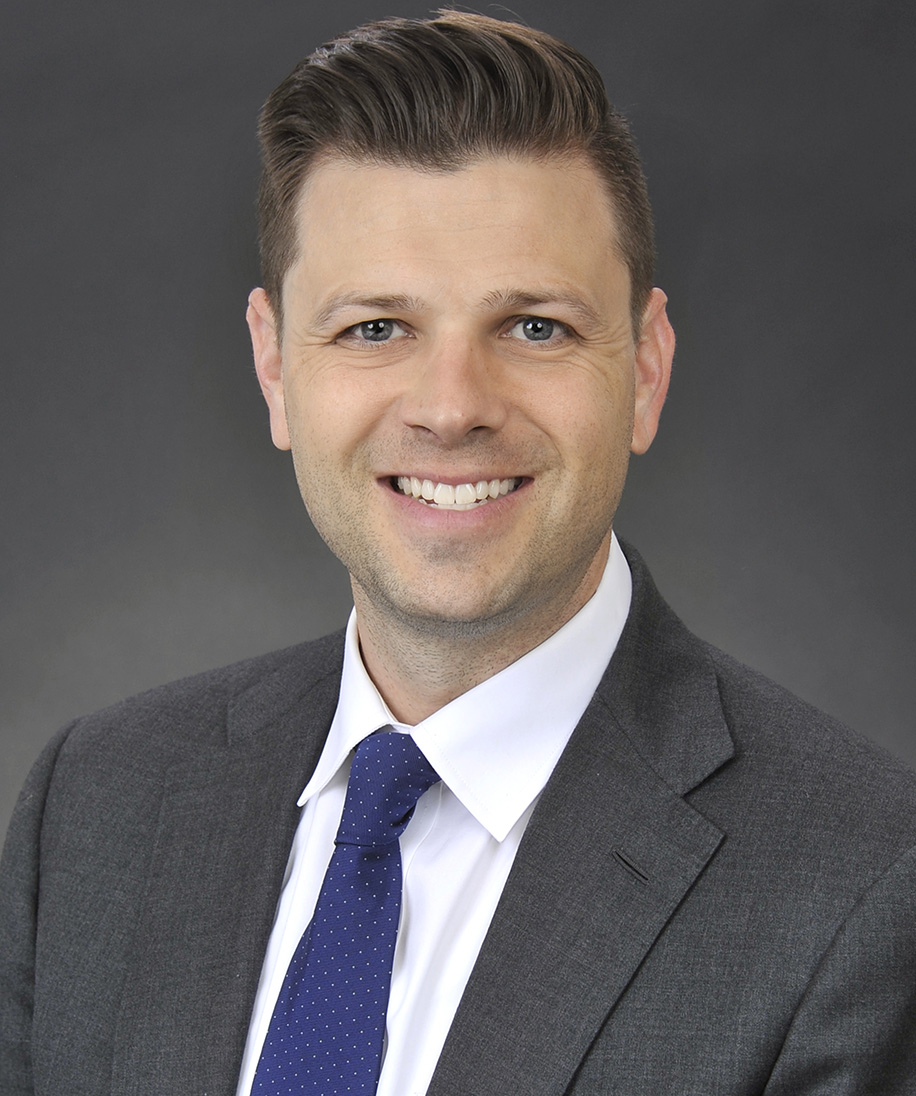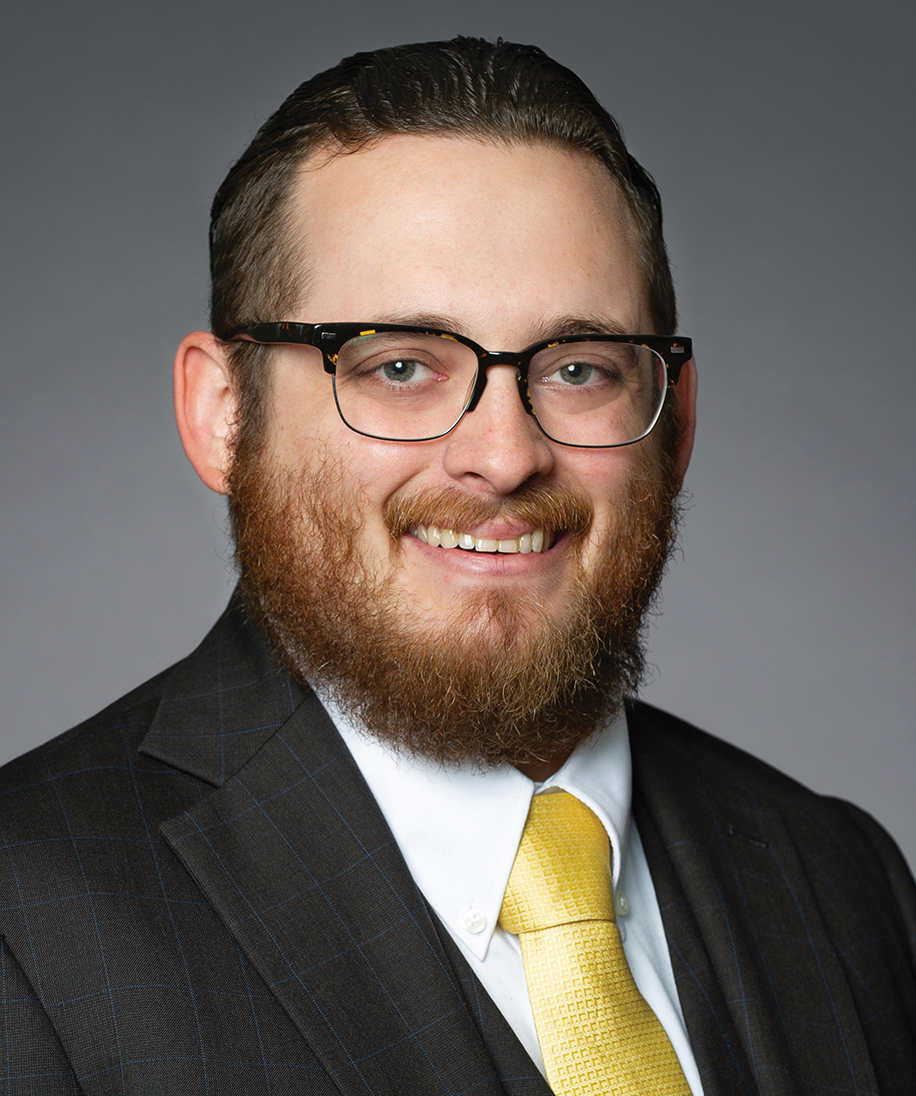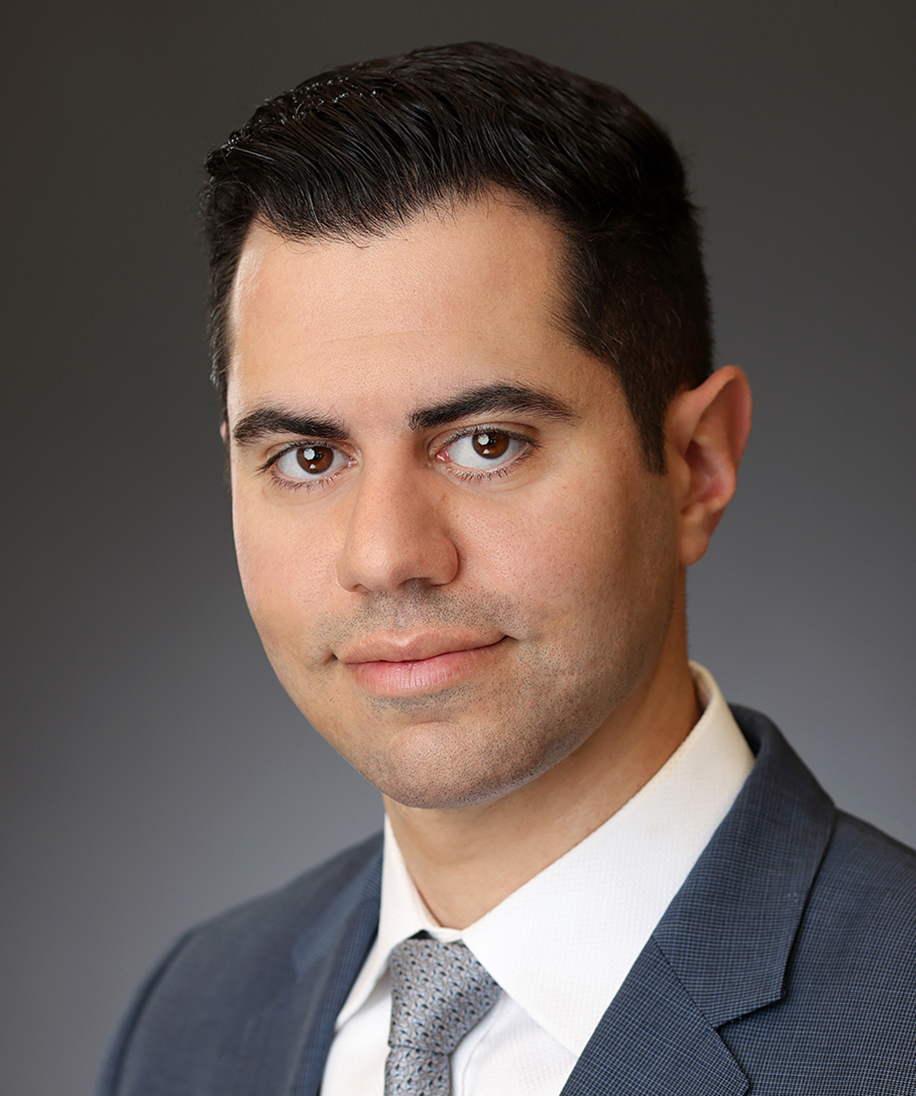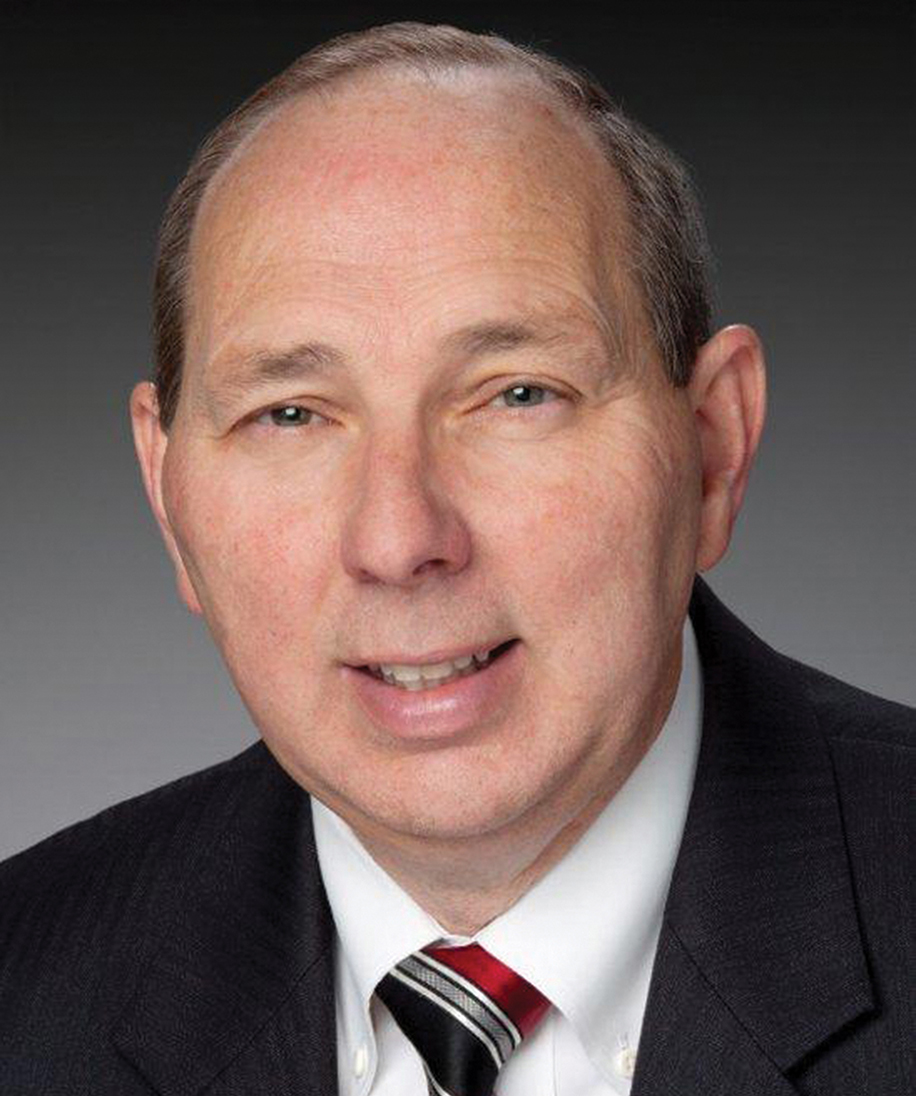Client Alert
Get Ready California Employers! A Wave Of New Employment Laws Set To Kick In Next Year.
November 02, 2023
By Raymond W. Bertrand, Blake Bertagna, Brit K. Seifert & James de Haan
Another New Year means another flurry of new laws for California employers. Indeed, Governor Newsom had another busy October, signing over a dozen employee-friendly bills touching everything from cannabis use to workplace safety. Unless otherwise noted below, these new laws will be effective January 1, 2024.[1] So, as 2023 draws close, employers should take note, review their policies, and ensure they are ready to tackle these new laws head-on.
Discrimination, Harassment, and Retaliation
Cannabis and the Workplace (AB 2188 & SB 700)
Last year, California amended its Fair Employment and Housing Act to prohibit discrimination based on an applicant’s or employee’s off-duty cannabis use.[2] That law—AB 2188—remains poised to go into effect on January 1, 2024. And once it does, covered companies can no longer terminate, refuse to hire, or otherwise discriminate against someone based on (1) a person’s use of cannabis off the job and away from the workplace, or (2) the discovery of non-psychoactive cannabis metabolites (which can stay within the body for weeks after using cannabis) during an employer-required drug test.
However, companies can still screen for Tetrahydrocannabinol (“THC”), the chemical compound that causes psychoactive effects and can indicate impairment. The focus remains on off-the-job use; companies can prohibit workers from using, being impaired by, and possessing cannabis while at work. Additionally, there are several carve-outs, including for those:
- Within the building and construction trades;
- Filling positions that require a federal background check or security clearance; and
- Required to undergo drug testing by state or federal law.
However, AB 2188 is not the only cannabis-centric law going into effect on January 1. Governor Newsom has now signed SB 700, which will prohibit employers from asking applicants about their prior cannabis use. The law will also bar employers who learn about an applicant’s cannabis use from a criminal history search from using that information to discriminate against them. Of course, as with AB 2188, there are exceptions. SB 700 does not apply where the position sought requires the applicant to undergo a federal background check or receive security clearance, or when either state or federal law otherwise permit the employer to consider this information before hiring. Moreover, it does not preempt state or federal laws requiring a company to test applicants for controlled substances.
Presumptions and Penalties in Retaliation Cases (SB 497)
California’s Labor Code contains three, key anti-retaliation provisions.
- Section 98.6 bars companies from retaliating against any applicant or employee for complaining about unpaid wages, or filing a claim with the Labor Commissioner.
- Section 1197.5 forbids retaliation against workers who discuss their wages or oppose the fact their employer has disparate pay scales for employees of the opposite sex.
- Section 1102.5 generally prohibits retaliation because an employee discloses information reasonably believed to be illegal or refuses to engage in unlawful activity.
SB 497 amends all three. With its passage, employees now enjoy a rebuttable presumption of retaliation if they are subject to an adverse employment action within 90 days after engaging in any conduct protected by either Section 98.6 or 1197.5. Additionally, while a Section 1102.5 violation may still result in a civil penalty of up to $10,000, SB 497 makes it payable to the employee who experienced the retaliation rather than directly to the State. Also, in assessing this penalty, the Labor Commission must consider the nature and seriousness of the Section 1102.5 violation based on evidence obtained in its investigation, which requires analyzing the type of violation, mental or economic harm suffered, any “chilling effect on the exercise of employment rights in the workplace,” and “other relevant factors.”[3]
Extending the Defamation Privilege to Sexual Assault, Harassment, and Discrimination Victims (AB 933)
California law extends a qualified privilege to certain types of communications—like sexual harassment complaints lodged by an employee with their employer—made without malice.[4] AB 933 expands that privilege by adding Section 47.1 to California’s Civil Code.
Under this new law, anyone who communicates “factual information related to an incident of sexual assault, harassment, or discrimination experienced by the individual making the communication” now enjoys a qualified privilege, regardless of whether they ultimately filed a complaint with their employer or a court. They only must harbor a “reasonable basis” for making the complaint. As such, statements made outside a formal proceeding, such as to the media, would obtain protection, and if someone who made a protected statement is subsequently sued, and wins, they can recover their reasonable attorneys’ fees and costs, as well as treble and punitive damages.
Restrictive Covenants
Invalidating Non-Compete Agreements (AB 1076)
In 2008, California’s Supreme Court held, in Edwards v. Arther Andersen LLP,[5] that a non-compete agreement is void per se under California law unless it falls into specific, limited statutory exceptions. AB 1076 states that it codifies that ruling. AB 1076 then also adds a new section to the California Business and Professions Code, declaring that it is “unlawful to include a noncompete clause in an employment contract, or to require an employee to enter a noncompete agreement,” absent a statutory exception in either case.[6] Further, the new law states that employers must “notify” any employee who worked for them after January 1, 2022 (both current and former) “whose contracts include a noncompete clause, or who [was] required to enter a noncompete agreement” that “the noncompete clause or noncompete agreement is void” unless a statutory exception applies.[7] Such notice must be in writing, sent to the last known address and email address of each such former or current employee, and provided by no later than February 14, 2024.
Broadening Restrictions on Non-Competes (SB 699)
California’s Business and Professions Code Section 16600 declares certain covenants not to compete as void, subject to specified statutory exceptions.[8] Effective January 1, 2024, SB 699 adds a new section to the Code—Section 16600.5—that declares any contract otherwise void under Section 16600 is “unenforceable regardless of where and when the contract was signed.”[9] The new law also states that employers are not to enforce such void contracts, “regardless of whether the contract was signed and the employment was maintained outside of California,” making an employer’s attempt to enter into or enforce such a void contract as a civil violation.[10] Also, employees who bring an action to enforce their rights may seek injunctive relief, damages, and attorney’s fees and costs.[11]
Questions have arisen regarding the new law, its constitutionality, and the extent to which it can regulate out-of-state agreements, all of which courts will likely have to grapple with in the coming months and years. In the meantime, SB 699 is poised to take effect January 1, 2024. Employers should take steps to carefully consider their agreements, hiring/employment requirements, and how to protect their legitimate business interests.[12]
Leaves
Expanding Sick Leave (SB 616)
Currently, California law entitles employees to three days, or 24 hours, of paid sick leave per 12-month period. SB 616 ups that entitlement to a full five days, or 40 hours. It also increases the accrual cap for sick leave from six days (48 hours) to ten days (80 hours). Employers can still use an accrual method and provide paid sick leave to their employees at one hour for every 30 hours worked, or use a different accrual rate so long as the employees accrue at least 24 hours by their 120th day, and 40 hours of paid sick leave by their 200th day, of employment. Alternatively, employers may continue to frontload the entire paid sick leave entitlement.
Notably, SB 616 does not preempt any local laws requiring employers to provide a greater number of paid sick days—it merely provides a floor for sick leave benefits. Companies should thus check county and city laws to ensure their policy complies.
Reproductive Loss Leave (SB 848)
Last year, California amended its Family Rights Act to create five days of job-protected leave for an employee to mourn the death of a spouse, child, parent, sibling, grandparent, grandchild, domestic partner, or parent-in-law. SB 848 creates a similar—though still separate and distinct—right for workers to take five days to grieve and recover from “Reproductive Loss Events”; namely, miscarriages, stillbirths, failed adoptions, failed surrogacies, or an unsuccessful round of intrauterine insemination or other assisted reproductive procedure. This leave is unpaid, though employees may use other leave balances otherwise available, like accrued and available paid sick leave.
Eligible employees must have worked for at least 30 days before commencing leave, and are exempt if covered by a collective bargaining agreement providing for bereavement leave at a level equivalent to what SB 848 requires. Only employers with five or more employees are required to grant this leave, and, if an employee experiences more than one reproductive loss event within 12 months, employers are not obligated to grant more than a total of 20 days of reproductive loss leave within a 12-month period. Employees must take their leave within three months of the loss event; however, if they are either already on or opt for another form of statutory leave, they get a three-month extension from the moment that other type of leave ends.
Finally, SB 848 makes it unlawful to retaliate against someone for taking this leave, or for giving information or testimony about alleged violations of reproductive loss leave rights.
Workplace Safety
Preventing Workplace Violence (SB 553)
California has become the first state to enact a general industry workplace violence prevention and safety law—SB 553—changing existing law in two material ways.
First, effective July 1, 2024, covered employers[13] must add a Workplace Violence Prevention Plan (WVPP) to their existing Injury and Illness Prevention Plans (or IIEPs), and make the WVPP available to Cal/OSHA upon request. The WVVP must include:
- The names or job titles of the persons responsible for implementing the plan.
- Procedures to obtain the active involvement of employees.
- Methods to coordinate implementation of the plan with other employers as applicable.
- Procedures for the employer to accept and respond to reports of workplace violence and prohibit retaliation for such reports.
- Procedures to ensure that supervisory and nonsupervisory employees comply with the plan.
- Procedures to communicate with employees regarding workplace violence matters.
- Procedures to respond to actual or potential workplace violence emergencies.
- Procedures to develop and provide the training.
- Procedures to identify and evaluate workplace violence hazards.
- Procedures to correct workplace violence hazards.
- Procedures for post-incident response and investigation.
- Procedures to review the effectiveness of the plan and revise the plan as needed (which must be reviewed at least annually).
But SB 553 doesn't stop at prevention. It also requires employers to keep detailed records of any workplace violence incident in a violence incident log that includes: (1) the date, time, and location of the incident; (2) a detailed description of the incident; (3) a classification of who committed the violence; (4) the type of violence; and (5) the consequences of the incident. In addition, for a period of five years, employers must maintain records of workplace violence hazard identification, evaluation, and correction; workplace violence incident investigations; and violent incident logs.
It mandates employee training on workplace violence, which must cover or include: (1) information on the employer’s plan, including how to obtain a copy at no cost and how to participate in its development and implementation; (2) how to report workplace violence incidents or concerns to the employer or law enforcement without fear of reprisal; (3) the corrective measures the employer has implemented and how to seek assistance to prevent or respond to violence; (4) the violent incident log; and (5) an opportunity for interactive questions and answers with a person knowledgeable about the employer’s plan. Training records must be maintained for one year.
While Cal/OSHA is empowered to enforce the new law starting July 1, 2024, it has until December 31, 2025, to propose standards and regulations for WVPPs. The Standard Board must then adopt them no later than December 31, 2026.
Second, employers will have more power to seek temporary restraining orders (TROs) on behalf of their employees starting on January 1, 2025. California law already permits employers to seek a TRO on behalf of an employee who has “suffered unlawful violence or a credible threat of violence from any individual, that can reasonably be construed to be carried out or to have been carried out at the workplace.”[14] Under SB 553, employers, as well as an employee’s collective bargaining representative, will also be able to request a TRO for employees suffering “harassment,” which the law defines as “a knowing and willful course of conduct directed at a specific person that seriously alarms, annoys, or harasses the person, and that serves no legitimate purpose.”
However, the employer or collective bargaining representative must allow the employee to decline to be named in the TRO, though if the employee does, their employer/representative can still seek a restraining order on behalf of other employees at the workplace.
Industry-Specific Laws
Retail Food Industry (SB 476)
Under existing law, retail food handler employees hired by retail food facilities generally must obtain a “food handler card” within 30 days of their hire date. These cards are issued only after the employee successfully completes a food handler training course and examination.
Under SB 476, employers must treat the time that it takes for an employee to get certified—i.e., complete such training and examination—as compensable “hours worked.” Further, employers must treat any necessary expenditures or losses incurred by the employee in connection with obtaining the food handler card as covered by California Labor Code Section 2802, which requires the employer to reimburse the employee for such expenses. Employers also must relieve employees of all other work duties during the time the employee is taking the food handler training and examination. Finally, employers are prohibited from conditioning employment on the applicant or employee having an existing food handler card.
Fast Food Law (AB 1228)
Last year, Governor Newsom signed AB 257, creating a “Fast Food Council” within the Department of Industrial Relations (DIR). The Council had authority to impose binding minimum standards on wages, working hours, and other conditions related to the health, safety, and welfare of fast food restaurant workers. Soon after Governor Newsom signed that bill, however, industry groups filed a proposed referendum petition to overturn it, Referendum No. 1939 (Attorney General No. 22-0005), which gathered enough signatures to put the referendum on the ballot in 2024.
AB 1228 is conditional on the withdrawal of Referendum No. 1939. If proponents withdraw it before January 1, 2024, then AB 1228 goes into effect, and AB 257 is repealed. Notably, AB 1228 still creates a Fast Food Council—though this Council is different from the one created by AB 257 in a few key ways.
For example, unlike AB 257’s Fast Food Council, if AB 1228’s revamped Fast Food Council is created, it would only be able to make recommendations for new standards, which would then be subject to the normal rulemaking notice and comment process. Certain topics would also be untouchable, like paid time off benefits and predictable scheduling, and it would ultimately fall to the Labor Commissioner to determine whether to adopt those recommendations.
Further, AB 1228 would create an industry-specific minimum wage of $20/hour effective as of April 1, 2024, and the revamped Fast Food Council could then choose to set a new rate to be effective as of January 1, 2025.
That said, if Referendum No. 1939 is not withdrawn before January 1, 2024, then AB 1228 will not become operative and will instead be repealed.
Higher Wages for Healthcare Workers (SB 525)
Fast food workers are not the only ones benefiting from an industry-wide minimum wage increase. SB 525 creates five new, minimum wage schedules for healthcare workers, depending on the type and size of their employer. The lowest minimum wage (for rural facilities and hospitals with government payors) will be $18/hour starting June 1, 2024. However, most other healthcare workers will enjoy a $21 minimum wage starting that same date, and the goal is to get everyone up to $25/hour by 2033. Once each of the groups reaches $25 per hour, the minimum wage will also be annually adjusted for inflation, or 3.5%, whichever is less.
Employers will have until January 1, 2025, to contest the accuracy of how they are classified, which can be done through the California Department of Health Care Access and Information. Finally, SB 525 will preempt any local ordinances that establish wage standards for healthcare workers.
Extension of Recall/Rehire Rights for Hospitality Employees (SB 723)
The COVID-19 pandemic caused a dramatic loss of jobs, particularly in the hospitality industry. In an attempt to stem that impact, Governor Newsom in 2021 signed SB 93, which established recall and rehiring rights for employees working in that industry—including hotels, event centers, airport service, and hospitality providers—who were laid-off for non-disciplinary reasons related to the pandemic.[15] More specifically, the law required that covered employers offer laid-off employees information about job positions that become available for which they qualified, and to offer positions to such laid-off employees based on a preference system. However, these rehiring rights are set to end on December 31, 2024.
SB 723 extends the current recall/rehire law for another year—to December 31, 2025. It also amends it in two material ways. First, it expands the definition of “laid-off employee.” As long as the worker was employed for six months or more at any time—rather than just the twelve months preceding separation—and was laid off due to a reason related to the COVID-19 pandemic, they are covered. Second, it creates a presumption that a separation due to a lack of business, reduction in force, or other economic, non-disciplinary reason is due to a reason related to the COVID-19 pandemic unless the employer establishes otherwise by a preponderance of the evidence.
Enhancing Grocery Worker Recall Rights (AB 647)
Since 2015 California law has granted unique recall and retention rights to grocery store workers. When a larger grocery store merges with another one,[16] the incumbent store has to provide the successor with a list of employees. The successor must then hire workers from that list for the first 90 days it is in operation, and cannot discharge them during that period except for-cause.[17] The recent upsurge of acquisitions—including the recent billion-dollar merger of Kroger and Albertsons—has led California to strengthen these protections by passing AB 647.
Grocery stores still have to hire and retain their predecessor’s employees after a change in control. However, AB 647 expands the scope of covered entities—now reaching both (a) grocery stores over 15,000 square feet and (b) distribution centers of all-sizes, as long as they are owned by a covered grocer and “used primarily to distribute goods to and from its owned stores.” Additionally, successor grocery employers must now give any existing union a list of workers with preferential re-hire rights (i.e. all workers separated six months after the change in ownership, or 12 months before it, for non-disciplinary reasons). Unions—as well as employees and non-profit corporations—have a right to bring an action in court against any employer who violates their hiring and reinstatement obligations. Litigants can then sue for reinstatement, collect front and back pay, and recover their attorneys’ fees and costs.
Litigation/Arbitration[18]
No Stay Pending Arbitration Appeals (SB 365)
When an employer loses a motion to compel arbitration, is the litigation stayed while the employer appeals? Must the employer litigate the case and appeal simultaneously? According to the Ninth Circuit, it was the latter—there was no automatic stay pending the appeal of an order refusing to compel arbitration. Earlier this year, the United States Supreme Court reversed that precedent, and held that a district court must stay its proceedings while an interlocutory appeal on the question of arbitrability is ongoing.[19]
Since California’s Code of Civil Procedure presently requires the same, there was (at least briefly) some consensus on the issue.[20] Whether the Federal Arbitration Act or California Arbitration Act governed, litigation must be stayed pending appeal on arbitrability. That all changes with the passing of SB 365, which amends the law to explicitly state “the perfecting of such an appeal shall not automatically stay any proceedings in the trial court during the pendency of the appeal.” As a result, under the new law, state courts will have the discretion to decide whether a case can proceed while an appeal is heard.
New Initial Disclosure Discovery Rules (SB 235)
Taking a page from the Federal Rules of Civil Procedure,[21] SB 235 creates a procedure (in California Code of Civil Procedure Section 2016.090) for the exchange of initial disclosures in litigation pending in state court (with some exceptions, e.g., actions in probate court). In sum, a party to any action filed on or after January 1, 2024 can now serve a demand for initial disclosures. In general, all parties that have appeared (including the party that made the demand) are then required, within 60 days, to serve a witness list and relevant documents, unless used solely for impeachment, as well as any insurance policies (or just the material terms of such policies in the event of a person who may be liable for a judgment or indemnification/reimbursement) on all the other parties in the action. The disclosures must be verified with a written declaration by the party or its authorized representative, or signed by the party’s counsel. In many actions, this means no more waiting for requests for productions or interrogatories. If a party has evidence or information to support its case, it must disclose it. Failure to comply with the rules poses a risk of evidentiary or monetary sanctions.
However, the parties may agree to modify these rules, as the new procedures apply “unless modified by stipulation by all parties to the action[.]”[22]
In addition, SB 235 modifies Code of Civil Procedure section 2023.050, increasing the sanction from $250 to $1,000 for failure to respond in good faith to a document request, meet and confer in good faith regarding discovery disputes, or produce documents within seven days of a motion to compel discovery due to a failure to respond in good faith.
Enhancement of Labor Code Enforcement (AB 594)
With AB 594, California has created yet another alternative enforcement mechanism to enforce its Labor Code. Specifically, it authorizes a “public prosecutor” (meaning the attorney general, a district attorney, a city attorney, a county counsel, or any other city or county prosecutor) to enforce certain violations of the Labor Code in its jurisdiction by prosecuting the violations civilly or criminally, or enforcing the provisions independently, until January 1, 2029. AB 594 provides that in such an action initiated by a public prosecutor, any agreement between a worker and employer that purports to limit representative actions or to mandate private arbitration shall have no effect. Any moneys recovered will go to the affected workers, and all civil penalties recovered under this section will be paid to the General Fund of California.
What Should Employers Do?
Due to the bevy of legislative changes on the horizon, both California-based employers and out-of-state-employers with employees in California should promptly review their policies, procedures, and practices to ensure compliance with these new laws. Of course, if you need any assistance, the Employment Law Department at Paul Hastings is standing by to help you start 2024 off on the right foot.
[1] Generally, a law becomes “effective” on January 1 of the year following its enactment. Cal. Const., art IV, § 8, subd. (c)(1).
[2] AB 2188 was also discussed in last year’s update on new employment laws in California. See R. Bertrand et al., California Expands Employee Protections: A Dozen New Employment Laws Impacting Employers, Paul Hastings Client Alert (Oct. 10, 2022) (available at: https://www.paulhastings.com/insights/client-alerts/california-expands-employee-protections-a-dozen-new-employment-laws).
[3] Cal. Lab. Code § 1102.5(f)(2).
[4] See Cal. Civ. Code § 47.
[5] 44 Cal. 4th 937, 955 (2008).
[6] Cal. Bus. & Prof. Code § 16600.1(a).
[7] Id.
[8] Cal. Bus. & Prof. Code § 16600.
[9] Cal. Bus. & Prof. Code § 16600.5(a).
[10] Cal. Bus. & Prof. Code §§ 16600.5(b)-(d).
[11] Cal. Bus. & Prof. Code §§ 16600.5(e)(1)-(e)(2).
[12] New York, the Federal Trade Commission, and the Department of Labor are also passing laws and regulations impacting employee mobility and post-employment restrictive covenants. See J. Baldocchi et al., Developments in Employee Mobility: California’s SB 699, New York’s 203-f and FTC/DOL Collaboration, Paul Hastings Client Alert (Oct. 5, 2023) (available at: https://www.paulhastings.com/insights/client-alerts/developments-in-employee-mobility-californias-sb-699-new-yorks-203-f-and-ftc).
[13] The new law applies to “all employers, employees, places of employment, and employer-provided housing,” with a few specific exemptions: 1) health care facilities and employers covered by California’s existing workplace prevention standard for the healthcare industry; 2) facilities operated by the Department of Corrections and Rehabilitation; 3) certain law enforcement agencies; 4) teleworkers; and 5) places of employment that are not accessible to the public and have fewer than 10 employees working at a location at a given time.
[14] Cal. Code of Civ. Proc. § 527.8.
[15] Cal. Lab. Code § 2810.8.
[16] Only grocery stores over 15,000 square feet are covered. Cal. Lab. Code § 2502(d).
[17] Cal. Lab. Code §§ 2504, 2506.
[18] These laws are not specific to employers. However, as they may be of interest to companies involved in employment litigation, or in-house counsel, they are covered in this alert.
[19] Coinbase, Inc. v. Bielski, 599 U.S. 736 (2023).
[20] Cal. Code of Civ. Proc. §§ 916, 1294(a).
[21] Fed. R. Civ. P., R. 26.
[22] Cal. Code Civ. P. § 2016.090(a).
Contributors












Practice Areas
Employee Mobility and Trade Secrets
Employment Counseling and Preventive Advice
Workplace Retaliation and Whistleblower Defense
For More Information











